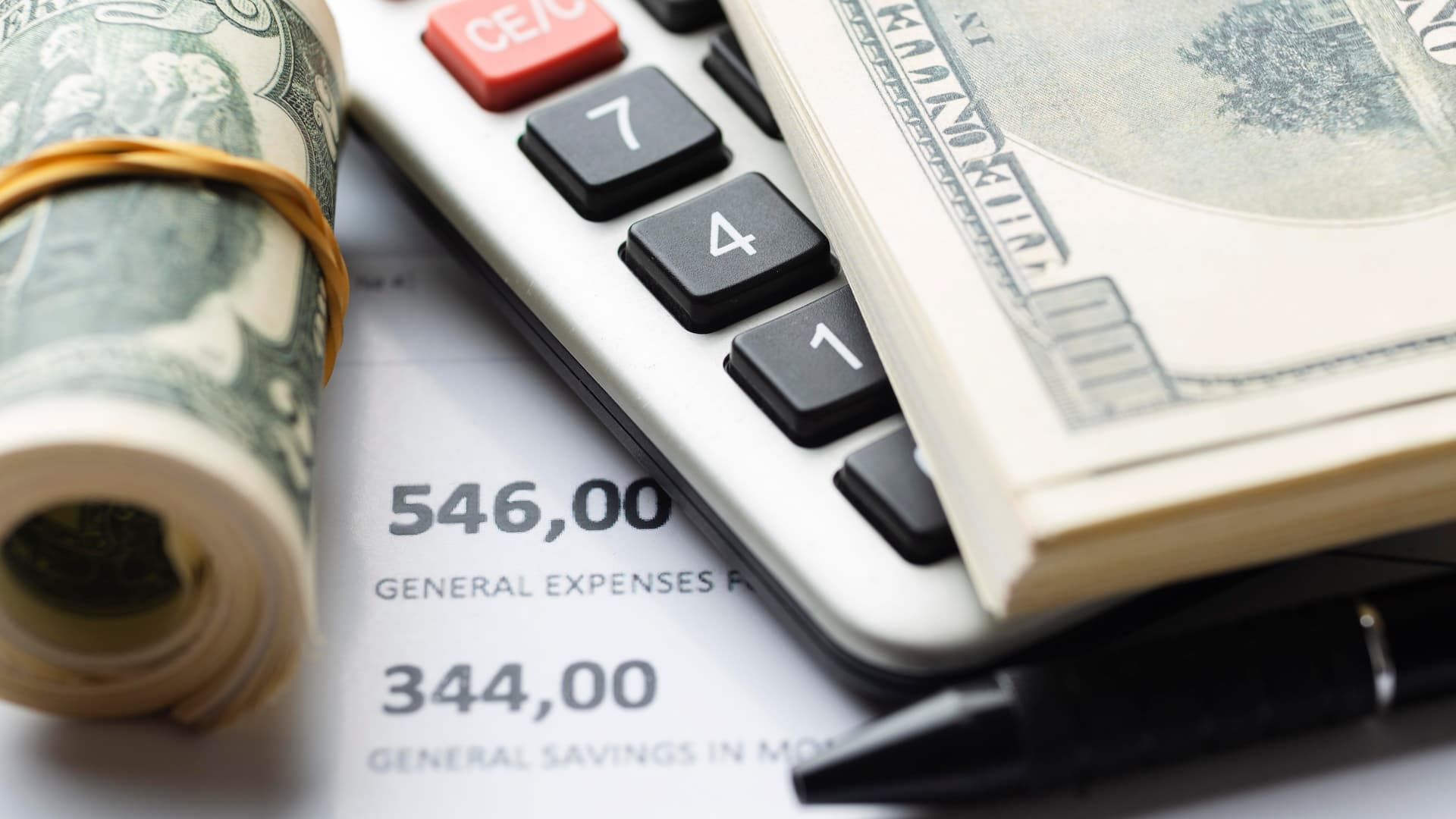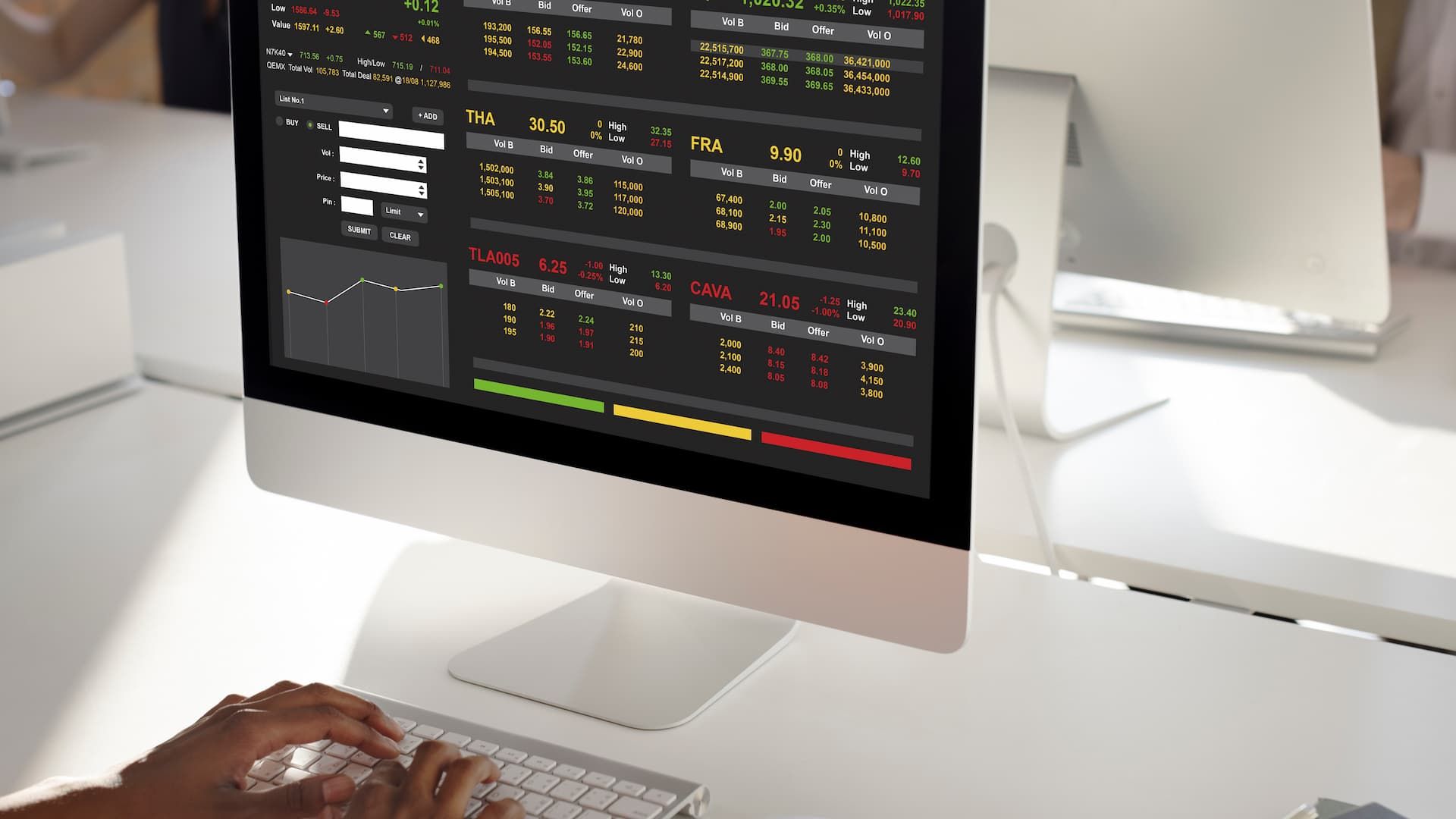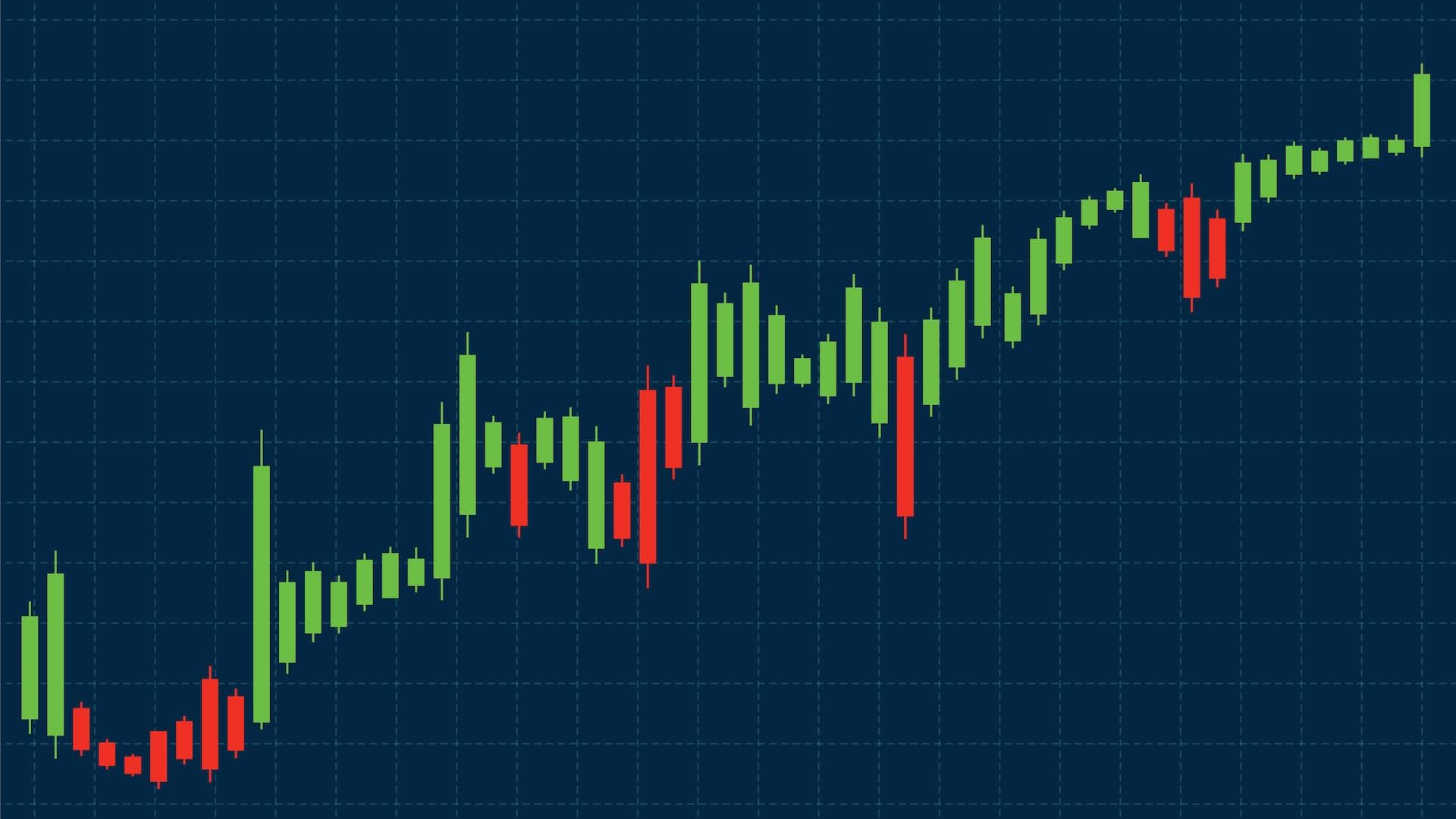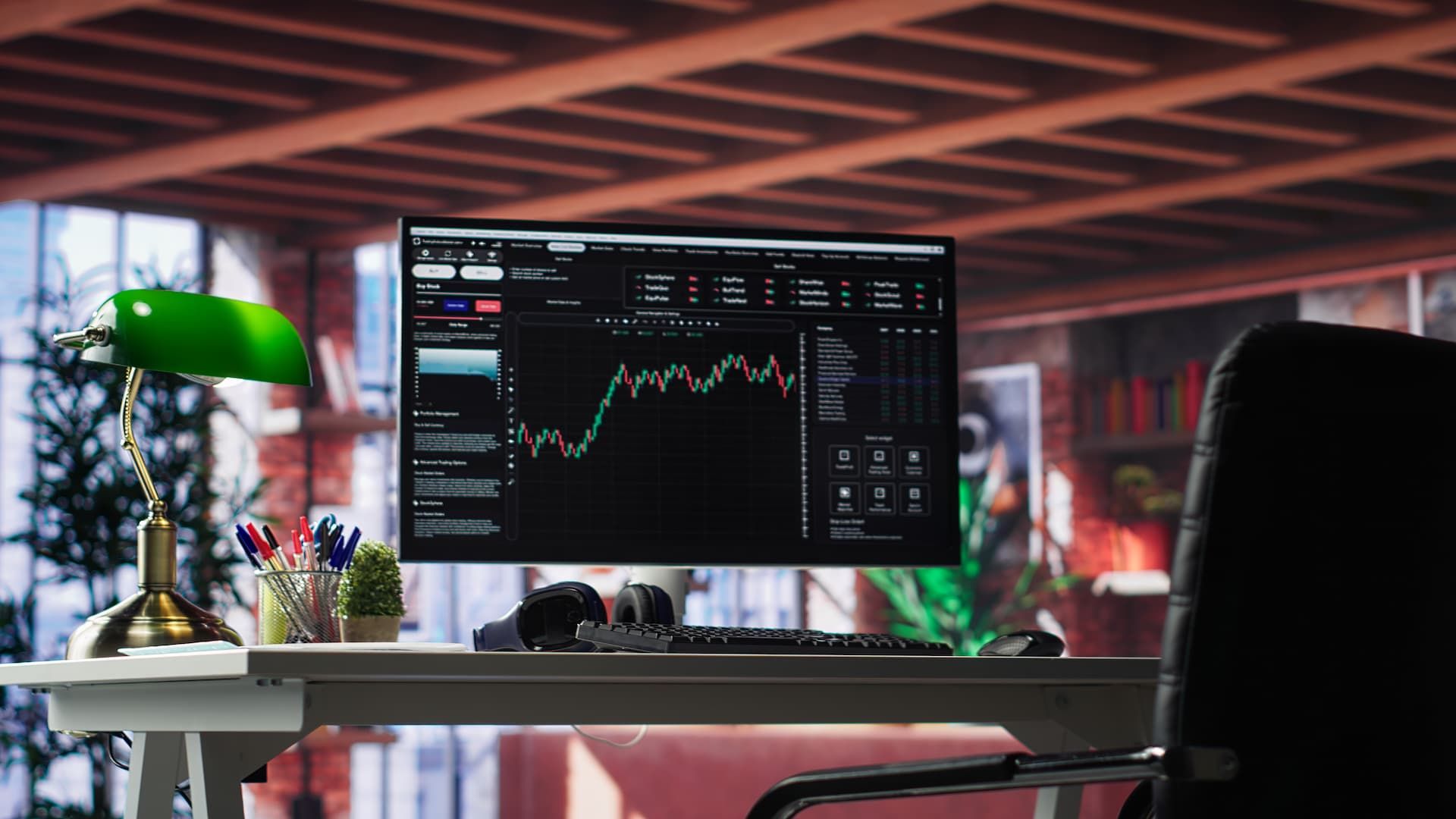When people first discover forex trading, they are often surprised to learn that the market never really sleeps. Unlike the stock market, which has strict opening and closing times, the forex market runs 24 hours a day, five days a week, enabling round the clock trading . This is possible because trading takes place across different regions of the world, each with its own active session. Understanding these global trading hours, especially the major financial centers, is one of the most important steps for anyone who wants to trade forex effectively.
If you know when the major sessions open and close, you can plan your trades around periods of high market liquidity, manage risk better, and take advantage of overlaps where activity and volatility spike. At 24Markets.com, traders can access real time data and tools that make identifying trading sessions easier, giving them the confidence to approach the forex market with a structured plan that aligns with their trading style .
Understanding Forex Market Hours
What Are Trading Hours?
Trading hours refer to the specific times when financial markets are open and active. In the forex market, these hours are defined by the business times of major global financial markets, which include major markets around the world . Since these centers are spread across the world, when one region closes, another one opens. This rotation is what keeps the market moving continuously from Monday morning in Sydney to Friday evening in New York.
For traders, this means there is always a chance to participate, but not every time of the day is equally good. Liquidity and volatility shift depending on which region is active. The best trading hours are often tied to periods where trading volumes are at their peak, which usually happen during overlaps of major sessions, especially when there is high volatility .
Why Forex Market Hours Matter
Forex market hours matter because they directly influence price movements and trading opportunities. For example, the Asian session tends to be calmer, while the London and New York sessions often bring significant price swings. A trader who ignores session times might enter a trade when it is not the best time to trade, only to see significant market movements for hours afterward.
Understanding trading hours also helps with risk management. Highly volatile markets can offer big rewards, but they also carry significant risks related to market volatility . If your trading strategy relies on fast moves and short term opportunities, you will likely prefer trading during overlaps. On the other hand, if you are more comfortable with slow market conditions, you might focus on sessions with lower activity, even though higher trading volume may be more beneficial .
Overview of Trading Sessions
Four Major Trading Sessions
There are four main trading sessions in the forex market: Sydney, Tokyo, London, and New York. Each session represents the business hours of a financial hub, and each of the major forex trading sessions has its own characteristics in terms of liquidity, volatility, and the forex trades involving the major currencies that see the most action.
Sydney Session
The Sydney session kicks off the forex week. It may not be the most liquid, but it sets the tone for the trading day. During this time, pairs like AUD/USD and NZD/USD tend to be more active since the local business hours and economies are driving price movements. While trading volume is lower compared to London or New York, this session, along with the new york trading sessions, still offers opportunities, especially for those who prefer gradual moves instead of rapid swings.
Tokyo Session
The Tokyo session, also known as the Asian session, starts shortly after Sydney. This is when Japanese yen pairs such as USD/JPY or EUR/JPY see more volume. While the session can feel quieter compared to Europe and the United States, there are still significant opportunities, particularly when economic releases or announcements from Japan or other Asian economies are released. Traders who specialize in range trading often favor this session due to its relatively stable conditions, which can also be observed in the forex and crypto markets .
London Session
The London session is considered the most important one in forex trading. London is a global financial center, and a large share of forex transactions occur during these hours. Major currency pairs, including EUR/USD, GBP/USD, and USD/CHF, often see high liquidity and strong price movements. This is a session where market participants need to stay alert because sudden volatility can happen quickly during volatile sessions .
New York Session
The New York session overlaps with the London session for several hours, creating the most active and liquid period of the day, particularly during the three trading periods . During this overlap, when york trading sessions overlap, trading volumes are at their peak, spreads tighten, and price trends often form. The release of economic news from the United States, such as Non Farm Payrolls or interest rate decisions from the Federal Reserve, can cause sharp moves in the US dollar and affect global market sentiment.
Major Trading Sessions and Market Overlaps
The most active times in the forex market occur when two major sessions overlap. For example, the London and New York overlap creates the highest liquidity and volatility of the day. This is often when day traders find the best short term trading opportunities based on market trends .
Other overlaps, such as Sydney and Tokyo or Tokyo and London, also create increased activity, although not as intense as London and New York. Planning trades around overlaps can help traders maximize their chances of catching meaningful price movements while avoiding the quieter times of different trading sessions when spreads may widen during specific trading periods .
Time to Trade Forex: Best Hours
The best hours to trade forex depend on your strategy and the pairs you focus on. Generally, the London session and the London New York overlap are considered the most favorable for traders who want fast market activity. For those who prefer a calmer environment, the Asian session may be more suitable for those who have the right trading style .
It is also important to consider your own schedule. Trading effectively requires focus, so you should choose times when you can dedicate full attention to the market. At 24Markets.com, traders can access tools that highlight peak trading hours, helping them align their strategies with the most active periods, especially during daylight saving time .
Impact of Trading Hours on Market Activity
Forex Market Open and Liquidity
Liquidity is not the same throughout the day. When the forex market opens in Sydney, activity is modest, but as Tokyo joins in, trading volumes increase. The real surge in liquidity comes when London opens, often marking the beginning of the forex trading sessions followed by New York. These changes affect spreads, slippage, and the speed at which trades are executed, particularly in relation to forex liquidity .
Understanding when the market is liquid helps traders avoid unnecessary costs. For example, placing a market order during low liquidity hours may result in entering at a less favorable price. Waiting until liquidity improves can make a big difference in trading performance.
Trading Strategies for Different Sessions
Different sessions support different trading strategies. Range trading works well during the Asian session when market movements are contained. Trend following strategies are often more effective during London and New York when volatility creates strong price trends.
Swing trading strategies that span several days may not depend on specific sessions, but day trading strategies require careful timing. Knowing the characteristics of each session allows traders to adapt their approach. This is why many traders combine technical analysis with session awareness to increase accuracy.
Market Hours and Volatility
Volatility is tied to trading hours. During overlaps, markets tend to be volatile, while during transition periods they are calmer. For example, after the New York session closes and before Sydney opens, the market enters a quiet phase with little movement, which can be frustrating for retail traders .
For traders, this knowledge helps with risk management. If your risk tolerance is low, you may avoid highly volatile overlaps. If you are seeking quick profits, you may focus on them. Being aware of how volatility shifts throughout the day can be the difference between a smooth trading experience in the currency markets and one filled with frustration.
Global Session Insights
London and New York Session Highlights
The London and New York sessions dominate forex trading because of their large volumes and global influence. Most of the world’s currency transactions pass through these two hubs. Economic data from Europe and the United States, as well as major financial hubs, drives price trends during trading sessions , while news releases often trigger rapid market moves.
For traders, these sessions represent both opportunity and risk. Strong moves can lead to profits, but they can also result in significant losses if trades are not managed carefully. This is why using stop loss orders and having a solid trading plan is so important during these times.
York Sessions and Trading Patterns
The New York session in particular plays a critical role in setting the tone for the end of the trading day. Many institutional traders, hedge funds, and large banks operate during these hours, making it a session of significant influence. Patterns often emerge as liquidity peaks and then gradually declines toward the close.
By recognizing these patterns, traders can make more informed trading decisions. Whether you are a day trader looking for quick setups or a swing trader managing positions over several days, aligning your trading activity with session dynamics improves your overall trading journey.












